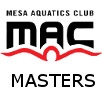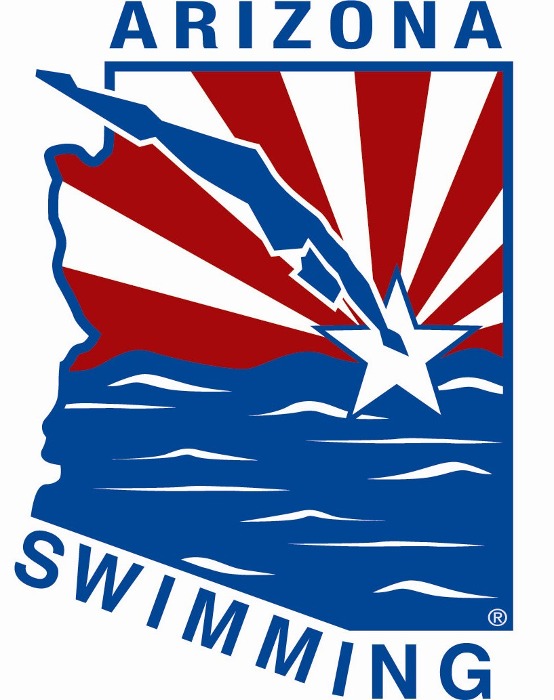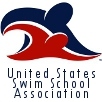MAC Weight Lifting Philosophy
Many high school swimmers come to the coaches and ask about taking a weight training
class at school as part of PE. In some cases they start a weight training program without
talking with their coach, thinking it will help them swim faster. It is highly recommended
you do not take a weight training class at school or depending on your age do any weight
training. In any case, do not start any weight or dry land program without talking with
your coach first.
The primary reasons are listed below:
1. Class sizes can be too large and not properly supervised for proper technique
and injury prevention.
2. Most high school PE teachers have limited training and experience with
serious weight programs and in many cases any type of dry land training
program.
3. Many of the PE teachers who lead these classes are familiar with
exercises designed for football and not swimming.
4. If you have been in club swimming for a number of years you may have
developed some muscle imbalances that may lead to injuries in the water
or on land, if the proper exercises are not done. Certain weight exercises
can lead to injuries or aggravate existing injuries or muscle imbalances.
A strong age group program will gradually introduce dry land training at a young
age and increase the length of time, type of exercises, and the types of equipment
used in the routines, as the swimmers move up through the program. It is
important to remember that in a sport such as swimming, where a child may be
doing it from elementary school through college; there will be plateaus in
performance. Integrating, and increasing dry land training over time is a proven
way for coaches to help swimmers work through these plateaus. The goal of the
MAC program is to help keep swimmers improving over many years so they stay
motivated through college if they stay with the sport.
If a young swimmer is given maximum swim yardage and weight training, they will
improve quickly and may be stronger and faster than their peers. However,
sometime early in their swim career they will be near the maximum benefit of this
training and will stop improving at a young age. The result of this lack of
improvement is loss of motivation and ultimately dropping out of swimming. A good
coach will be able to advise the swimmer when they should start doing weights. In
most cases, actual serious weight lifting should be saved for college swimming. If a
high school junior or senior is physically developed for their age, it is possible a
coach could recommend a weight program if it was organized with swimming in
mind and closely supervised.
Current research has suggested that body-weight training with an emphasis on developing
body/limb control and joint stability and strength-endurance should form the basis of the
training routine for children (6-12 years) and first stage youth of (12-15 years) if they
have no previous resistance training experience. Much of this type of training is referred
to as core training. Additional resistances can also be provided initially by elastic or
rubber tubing/bands, or so called “soft” weights such as light weight medicine balls,
when it is deemed appropriate according to the child or youths capabilities and training
experiences. Progression to heavier and/or freeweight exercises (barbells, dumbbells,
weight machines) at a later stage (eg. 17-18 years), would then appear to be safer if the
athletes are of the appropriate age, training experience and capabilities if the program is
well designed and strictly coached/supervised.
If you have questions about weights or dry land training please speak with your coach,
particularly if it is a program done outside of the MAC training time.









